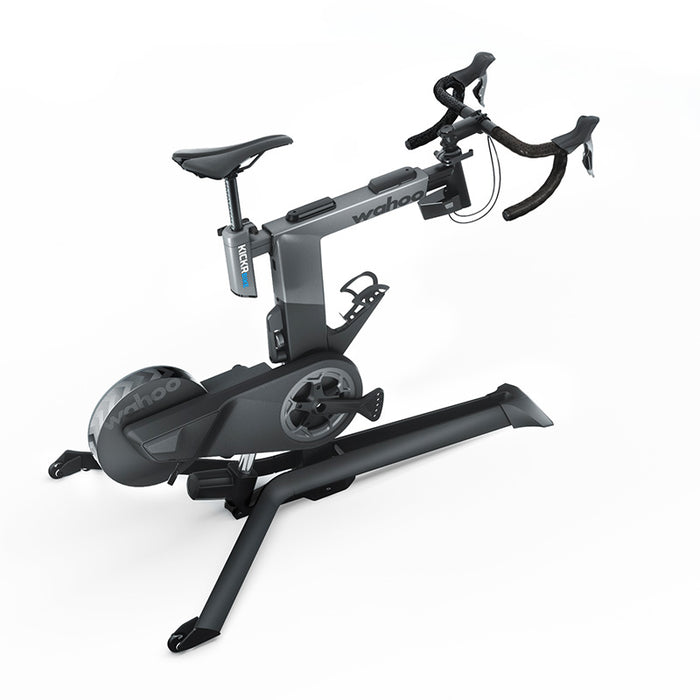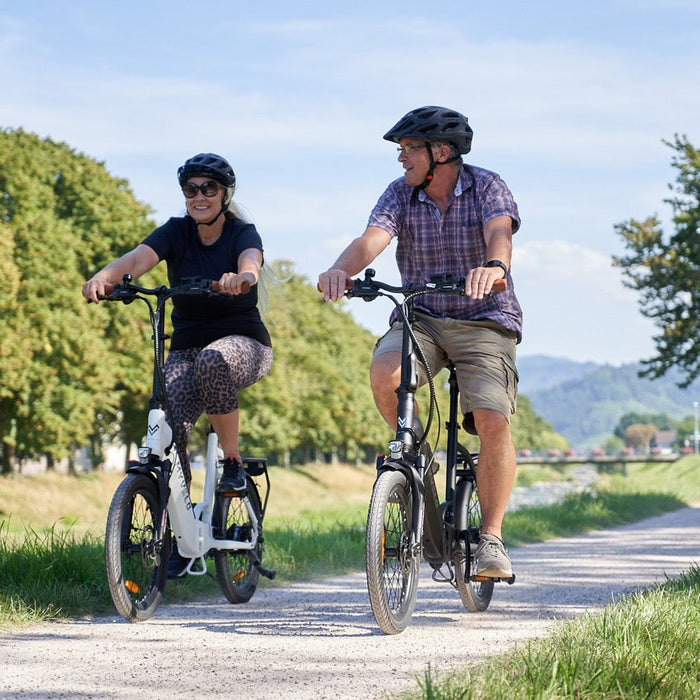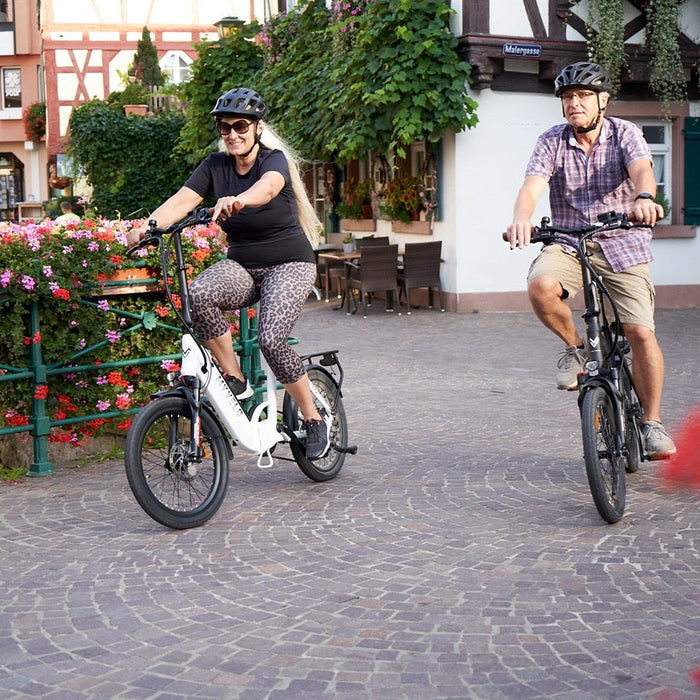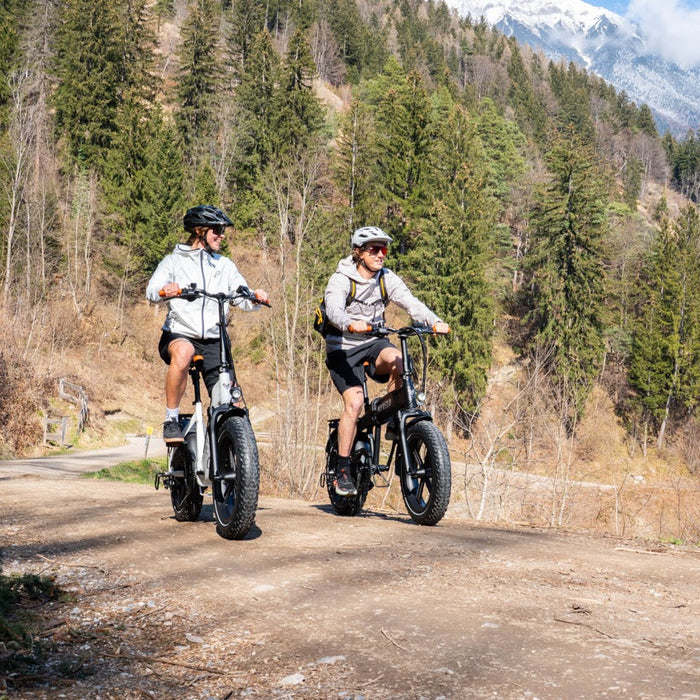
wahoo KICKR BIKE WIFI
incl. FREE shipping & free returns

Recuperation, a term that is often heard in the world of e-bikes, especially with mid-engine pedelecs, describes the process by which the kinetic energy of a moving object is recovered during braking and converted into usable electrical energy.
This technology, known as "recuperation", makes it possible to effectively extend the range of an e-bike's battery. Essentially, it's about usefully recovering energy that would normally be lost in the form of heat when braking.
On an e-bike, recuperation allows the battery to be charged while riding when the rider brakes or goes downhill. The concept is not only environmentally beneficial as it increases the efficiency of the vehicle, but it also increases the practical benefit for the rider by reducing the need to frequently recharge the battery.

Stress ist längst zur Volkskrankheit geworden – Dauerbelastung im Job, private Verpflichtungen und ständige Erreichbarkeit führen bei vielen Menschen zu einem Gefühl der Überforderung. Doch es gibt einen einfachen Weg, den Kopf freizubekommen: Radfahren. Ob gemütlich durch den Park oder sportlich auf dem Rennrad – das Fahrrad wirkt wie ein natürliches Ventil für Stress. Warum das so ist, zeigt dieser Artikel.

Der Kettenverschleiß ist bei E-Bikes ein noch wichtigeres Thema als bei klassischen Fahrrädern. Der leistungsstarke Motor unterstützt die Pedalkraft, wodurch eine höhere Belastung auf die Kette wirkt.

Der Eco Modus ist eine der wichtigsten Unterstützungsstufen eines E-Bikes und bietet eine ideale Balance zwischen Motorunterstützung und Energieeffizienz. Doch was genau bedeutet Eco Modus, wann sollte man ihn nutzen und welche Vorteile bringt er im Alltag? In diesem Artikel erfährst du alles Wichtige über diese smarte Fahrstufe.